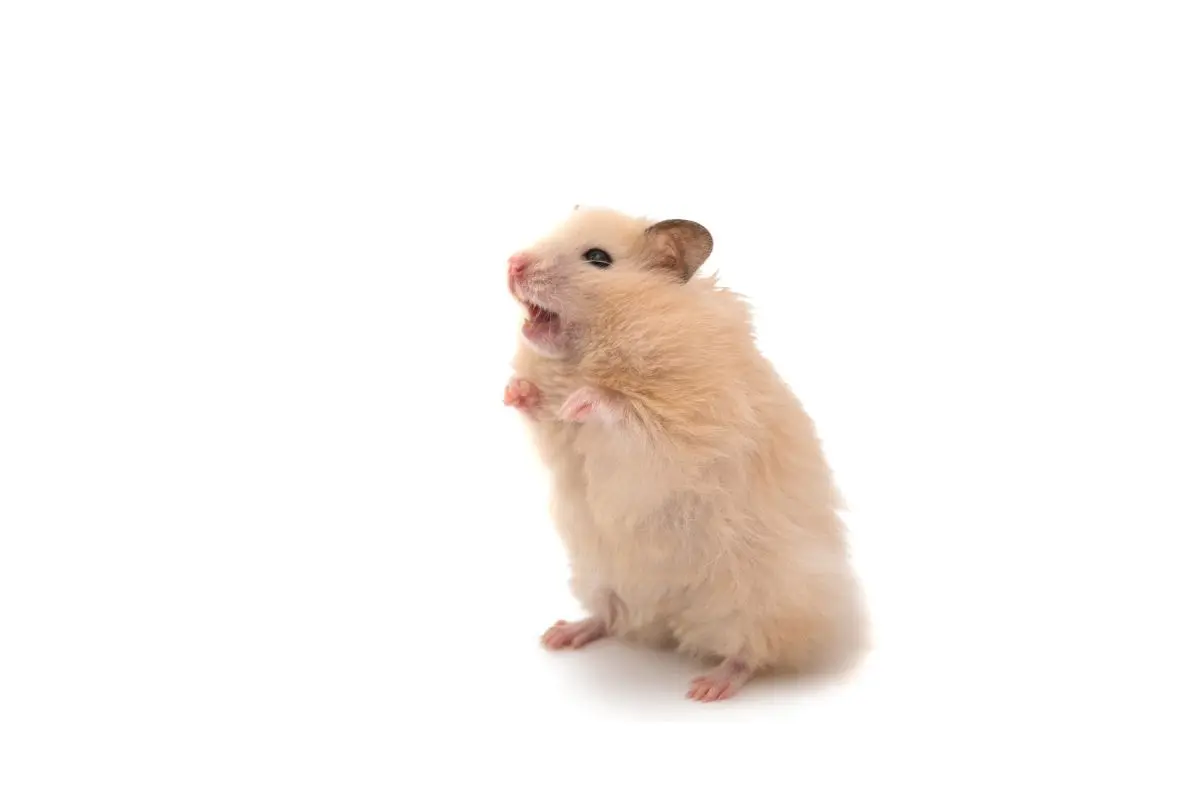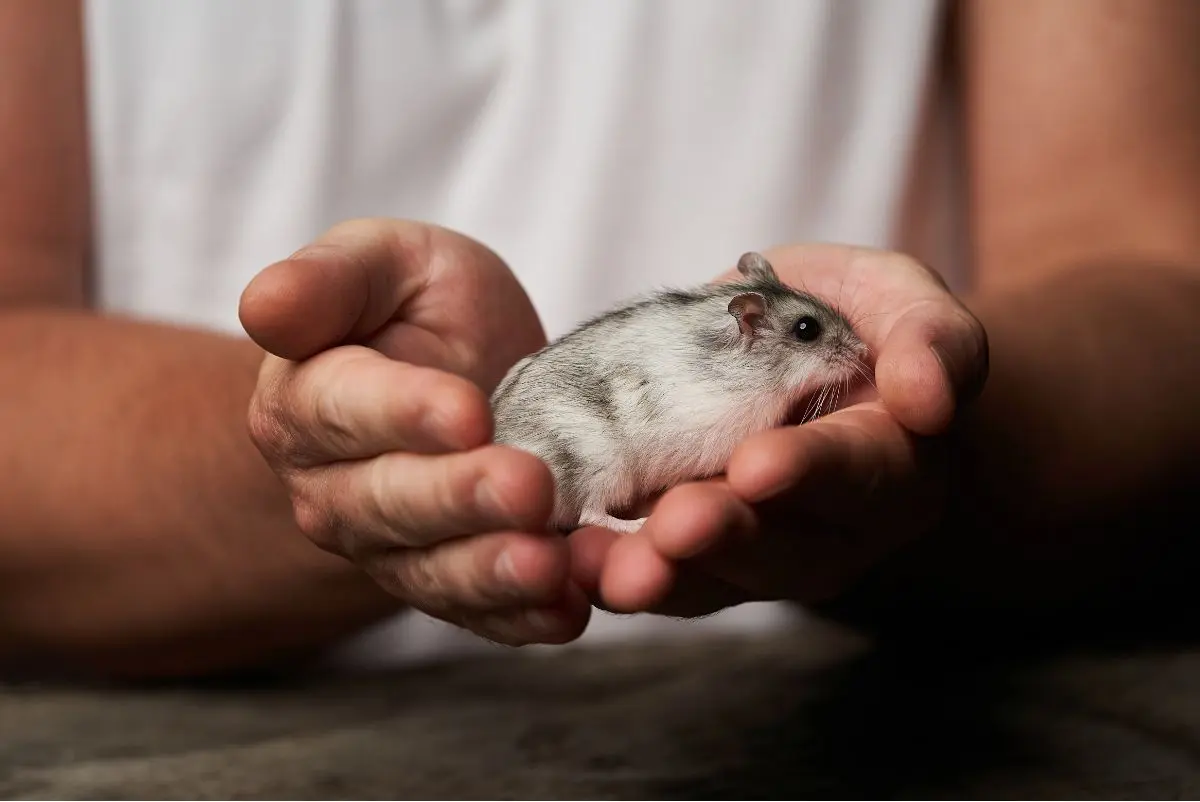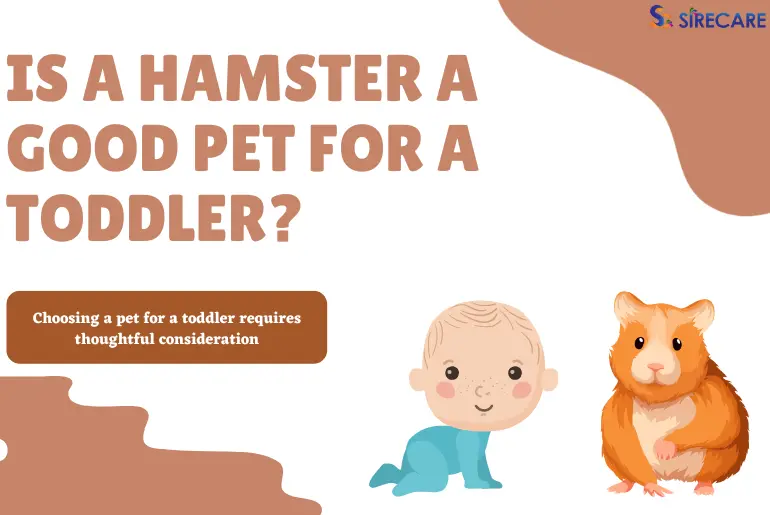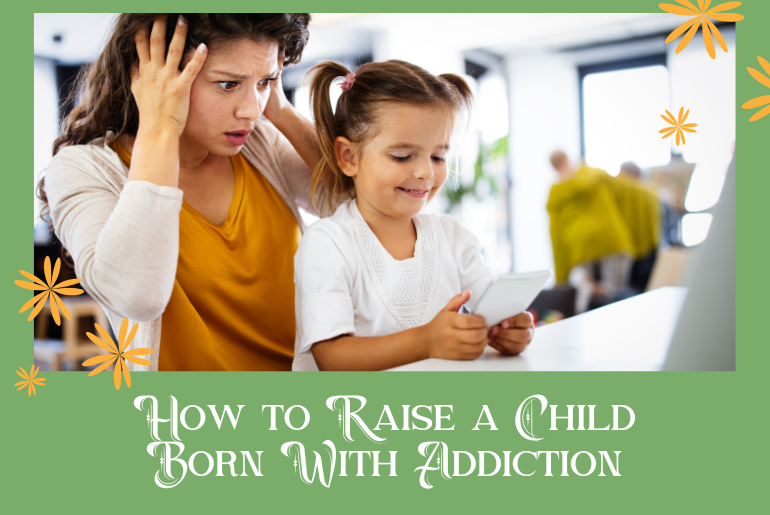When you picture a toddler’s life filled with joyous giggles and innocent curiosity, a fuzzy little pet might seem like the perfect addition. Indeed, a pet can offer companionship and teach responsibility. However, is a hamster an ideal pet for a toddler? Not exactly. Several factors need to be considered when choosing a pet for a toddler, including their safety, the pet’s temperament, and the level of care the pet requires.
Factors That Make Hamsters Unsafe for Toddlers
There are some specific factors that make hamsters a challenging pet choice for toddlers.

1. Hamsters are Nocturnal
The life of a hamster follows a different time clock than ours. Being nocturnal creatures, hamsters are mostly active during the night. This behavior could disturb a toddler’s sleep routine, as the little furry friend might be running on its wheel or exploring its cage during the night hours.
2. Risk of Bites
Hamsters can be quite defensive, especially when they feel threatened. A curious and sometimes unintentionally rough toddler can easily scare a hamster, which could lead to biting incidents. These bites pose a risk of injury or infection to the toddler.
3. Fragile Bodies
Hamsters possess small, delicate bodies that require careful handling. An overexcited toddler might not understand this and could unintentionally injure the hamster through a rough squeeze or accidental drop.
4. Zoonotic Diseases
Zoonotic diseases are those that can be transferred from animals to humans. Hamsters can potentially carry diseases like salmonella or ringworm, which can be especially harmful to toddlers. Young children have developing immune systems, making them more vulnerable to these diseases.
5. High-Maintenance Care
Don’t be fooled by their small size; hamsters require complex care. Their needs include a clean habitat, a proper diet, and regular exercise. All these are tasks that a toddler can’t handle, leading to more responsibilities for parents or caregivers.
Common Hamster Breeds Suitable for Toddlers
If, after considering all factors, you still believe a hamster might be the right pet for your toddler, then choosing the right breed becomes crucial. Here are some common hamster breeds that are known to be generally more suitable for young children.
1. Syrian Hamsters
Also known as Golden Hamsters, Syrian Hamsters are often recommended as a good choice for children. They are larger in size, making them less delicate and easier for small hands to handle. Additionally, Syrian Hamsters are generally more docile and less likely to bite than some other breeds.
2. Roborovski Hamsters
Roborovski Hamsters are known for their good nature and fast speed. They are less likely to bite but can be a little harder to handle due to their small size and quick movements. However, their cute antics can provide plenty of entertainment for your little one.
3. Chinese Hamsters
Chinese Hamsters are a quieter breed that is generally friendly and less prone to biting. They are also more comfortable with being handled compared to other breeds, making them a potentially good fit for a family with a toddler.
Benefits of Hamsters as Pets for Toddlers
While we’ve highlighted the challenges hamsters can pose for toddlers, it’s essential not to overlook the benefits they can offer. Here are a few reasons why hamsters might be a good fit for your little one.
1. Learning Responsibility
Hamsters can provide a fantastic opportunity for toddlers to learn about responsibility. Even though they will need adult supervision, toddlers can assist in simple tasks such as filling up the food dish or providing fresh water. This involvement can foster a sense of responsibility and care toward other living beings.
2. Understanding Life Cycles
Having a pet hamster can help your toddler grasp the concept of life cycles. Hamsters have a relatively short lifespan (around 2-3 years), which, while sad, provides a gentle introduction to the ideas of aging, sickness, and ultimately, death.
3. Appreciating Companionship
Hamsters can offer companionship to your toddler. Observing and interacting with their furry pet, toddlers can experience a sense of camaraderie and friendship, fostering their empathy and social skills.
4. Providing Entertainment
Hamsters are cute and fun to watch. Their antics, whether running on a wheel or hoarding food in their cheeks, can be endlessly entertaining for a toddler, sparking their curiosity and interest in the natural world.
However, always remember that these benefits come with the responsibility of providing proper care and ensuring a safe interaction between your toddler and their hamster. Always prioritize the well-being of both your child and the pet.
Tips for Making Hamsters Safe for Your Toddlers
If you have decided that a hamster is the right pet for your toddler, you’ll want to ensure safety for both parties. Here are a few tips to make this possible.

1. Supervise Interaction
Always supervise any interaction between your toddler and the hamster. Toddlers are naturally curious and might unintentionally handle the hamster too roughly. Supervision helps prevent injuries to both the child and the hamster.
2. Teach Gentle Handling
Teach your toddler the importance of handling the hamster gently. Show them how to hold the hamster without squeezing it and remind them not to drop or throw the pet.
3. Maintain a Clean Habitat
Regularly cleaning the hamster’s habitat is essential to prevent the spread of diseases. This helps keep your toddler healthy and also ensures the hamster’s environment is pleasant and stress-free.
4. Choose a Suitable Cage
Select a hamster cage with a secure locking mechanism to prevent your toddler from accessing the hamster unsupervised. The cage should also be sturdy and not easily knocked over.
5. Educate About Risks
Depending on your child’s age and understanding, talk to them about the potential risks, like bites or diseases. Explain that they should always wash their hands after touching the hamster.
FAQs
Should I get my 2-year-old a hamster?
Generally, it is not advisable to get a hamster for a 2-year-old due to safety concerns and the hamster’s delicate nature. However, this can vary depending on the individual child and hamster.
Which hamster is best for a child?
Syrian Hamsters are often considered the best hamster breed for a child. They are larger, more docile, and less likely to bite than some other breeds.
What is the best pet for a kid?
The best pet for a kid depends on the child’s age, temperament, and interests. Some common pet options include dogs, cats, and guinea pigs. For younger children, simpler pets like goldfish can be a good start.
Is a hamster or guinea pig better for a toddler?
Generally, a guinea pig might be better for a toddler. They are larger, sturdier, and less likely to bite than hamsters. Plus, guinea pigs are diurnal (active during the day), aligning better with a toddler’s schedule.
Lastly
Choosing a pet for a toddler requires thoughtful consideration, weighing the child’s safety and the pet’s needs. While hamsters are adorable and can offer valuable lessons, they may not be the best fit for toddlers due to their nocturnal nature, fragility, and potential health risks. Ultimately, the decision should prioritize the well-being of both the child and the potential pet.

Dedicated father, an accomplished psychologist, and an experienced educationist. With a passion for guiding parents on the rewarding journey of raising children, I am the perfect companion for all your parenting needs. My insightful and practical advice, coupled with my wealth of experience, makes me the go-to expert for all matters related to parenting. Follow this blog for a glimpse into the world of effective parenting and learn how to navigate the ups and downs of this beautiful journey with confidence and grace.




